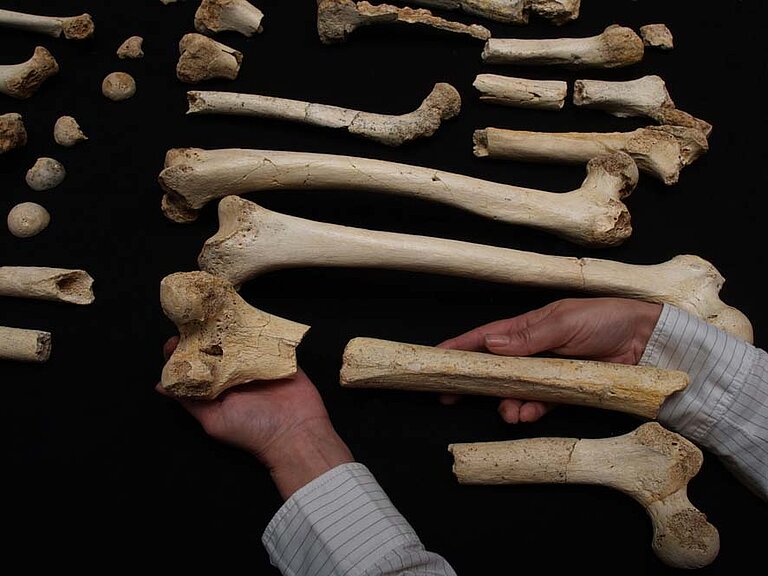Analysis of nuclear DNA from Sima de los Huesos hominins provides evidence of their relationship to Neandertals
Previous analyses of the hominins from Sima de los Huesos in 2013 showed that their maternally inherited mitochondrial DNA was distantly related to Denisovans, extinct relatives of Neandertals in Asia. This was unexpected since their skeletal remains carry Neandertal-derived features. Researchers of the Max Planck Institute for Evolutionary Anthropology in Leipzig, Germany, have since worked on sequencing nuclear DNA from fossils from the cave, a challenging task as the extremely old DNA is degraded to very short fragments. The results now show that the Sima de los Huesos hominins were indeed early Neandertals. Neandertals may have acquired different mitochondrial genomes later, perhaps as the result of gene flow from Africa.
